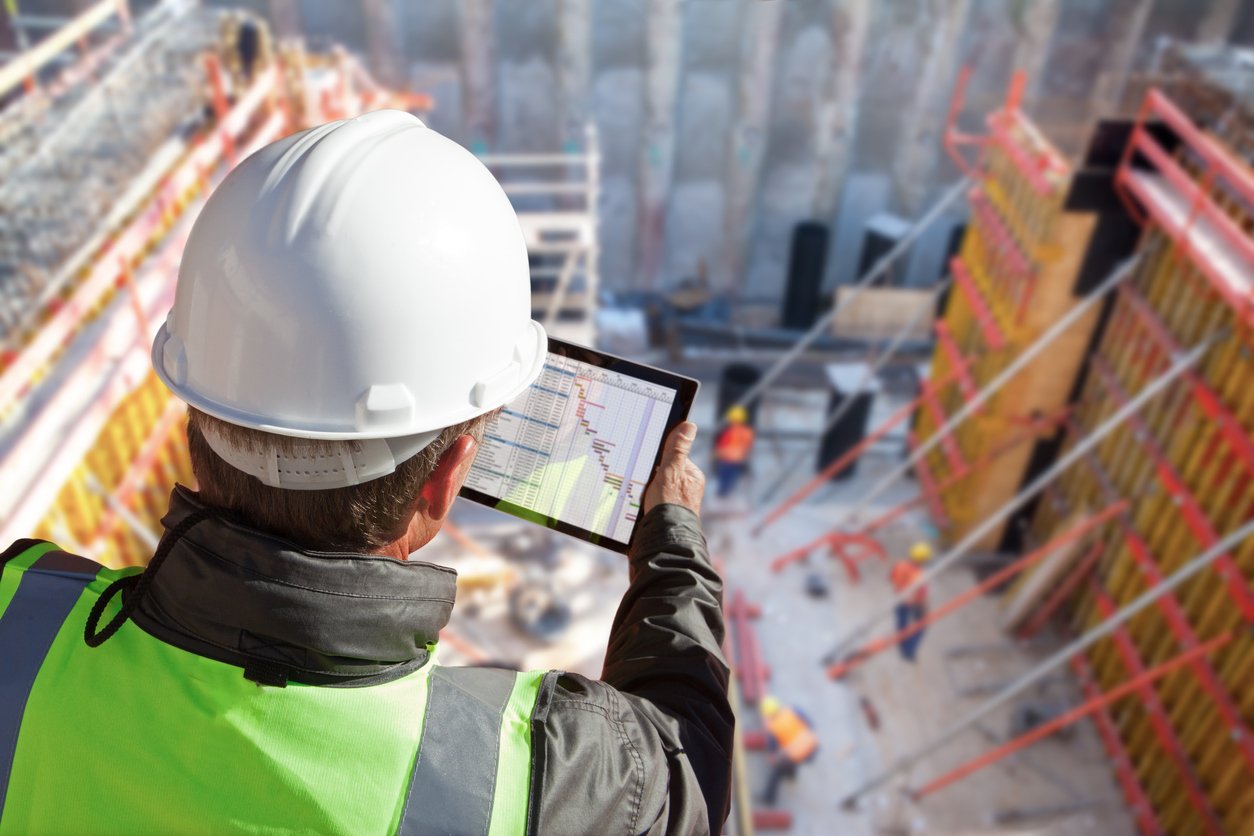
Infrastructure spending has taken center stage in recent years, and the topic garnered even more national headlines in late 2021 when President Biden signed into law the $1 trillion Infrastructure Investment and Jobs Act.
The bipartisan bill includes $550 billion in new spending, and additional infrastructure investments in bridges, roadways, and rail networks as well as expanding states’ broadband internet services and electric vehicle (EV) charging networks. In this article we’ll take a look at how those funds will be allocated and discuss how these types of infrastructure investments are designed to give a lift to the national and regional economies.
Infrastructure Spending - Where It's Going
Here’s a partial breakdown of Biden’s infrastructure spending plan:
- $110 billion for major bridge and road projects
- $66 billion for freight and passenger rail projects
- $39 billion for public transportation
- $17 billion for port infrastructure projects
- $11 billion for safety and transportation projects
- $7.5 billion for electric vehicles
- $7.5 billion for low-emission ferries and busses
- $1 billion for community revitalization projects
An additional $265 billion is allocated for power, clean drinking water, water storage, and remediation projects.¹
Specific dollar amounts vary by state. For instance, Nevada will receive $2.5 billion for its federal highways, $225 million to replace and repair its bridges, $459 million to improve public transportation, and $38 million to improve its statewide electric vehicle charging network. Vermont will receive $1.4 billion for highway programs, $225 million for bridges, $77 million to improve its public transportation options, and $21 million to expand its EV charging network. Illinois, meanwhile, will receive $9.8 billion for highways, $1.4 billion for bridgework, $4 billion for public transit, and $149 million for EV charging expansion.²
Below we’ll look at how this spending plan is expected to impact the economy.
Infrastructure Spending and Economic Theory
Here’s a bit of backstory before we discuss how infrastructure spending impacts the economy.
Government spending as a means to stabilize and spur the economy is rooted in Keynesian economic theory. John Maynard Keynes, a British economist, asserted that household, business, and government spending are the main economic drivers in an economy.³ Though there are many competing views on macroeconomic policy, Keynesianism enjoyed a resurgence during the Great Recession due to the large economic stimulus packages that were enacted during the Obama administration to kickstart and stabilize the failing national economy.⁴
Economic Boost From Federal Infrastructure Spending
Federal investments in infrastructure can have a multi-layered economic impact on the national and regional economies. Generally speaking, improved infrastructure leads to greater productivity, higher wages, and a better standard of living. Here’s how:
Commerce relies on an extensive network of well-maintained roadways, bridges, rail, air, and seaports to import raw materials and deliver made in the USA goods and products to U.S. consumers and its foreign trade partners. Superior public infrastructure improves productivity and quality of life across the board, including:
- Helping businesses reduce costs and improve profitability through higher output
- Providing greater transportation efficiencies for the commuting workforce
- Increased opportunities for communities to grow and expand with less crowding
- Improved energy production and transmission
- Reduced greenhouse gas emissions
- Increased efficiency and connectivity for national and international supply chains
These are just a handful of the reasons why many economists view infrastructure spending as the backbone of a thriving economy.
The Bottom Line
Infrastructure historically can be broadly defined as the bridges, roadways, sewer systems, water, power, communications, and similar fixed assets that provide a physical framework for the nation’s economy to conduct business. Short-term benefits of government spending on new infrastructure and infrastructure repair helps the economy by employing tradespeople, engineers, operators, architects, and dozens of other professionals. Long-term benefits of new infrastructure provide an economic boost through improved business operations, communications, transportation, energy, sustainability, human health, waste management, and other areas of enhanced economic and social growth.
Infrastructure in the 21st century, however, also includes the silicone, computer chips and software that power digital commerce and emerging technologies. Public and private investments in this type of infrastructure lead to greater efficiencies and a more rapid adoption of the transformational digital technologies that continue to disrupt historical commerce, workforce, and industry trends, as well as lead to new products and services that could have a positive effect on millions of businesses and billions of consumers.
Sources:
1. Here’s What’s Included in the Bipartisan Infrastructure Bill, NPR, https://www.npr.org/2021/06/24/1009923468/heres-whats-included-in-the-infrastructure-deal-that-biden-struck-with-senators
2. White House Releases Updated State Fact Sheets Highlighting the Impact of the Infrastructure Investment and Jobs Act Nationwide, WhiteHouse.gov, https://www.whitehouse.gov/briefing-room/statements-releases/2021/08/04/white-house-releases-state-fact-sheets-highlighting-the-impact-of-the-infrastructure-investment-and-jobs-act-nationwide/
3. What is Keynesian Economics, International Monetary Fund, https://www.imf.org/external/pubs/ft/fandd/2014/09/basics.htm
4. Obama and the Economic Recovery, Inquiries Journal, http://www.inquiriesjournal.com/articles/1602/obama-and-the-economic-recovery-keynesian-policies-gridlock-and-the-new-global-economy
This material is for general information and educational purposes only. Information is based on data gathered from what we believe are reliable sources. It is not guaranteed as to accuracy, does not purport to be complete and is not intended to be used as a primary basis for investment decisions. It should also not be construed as advice meeting the particular investment needs of any investor.


